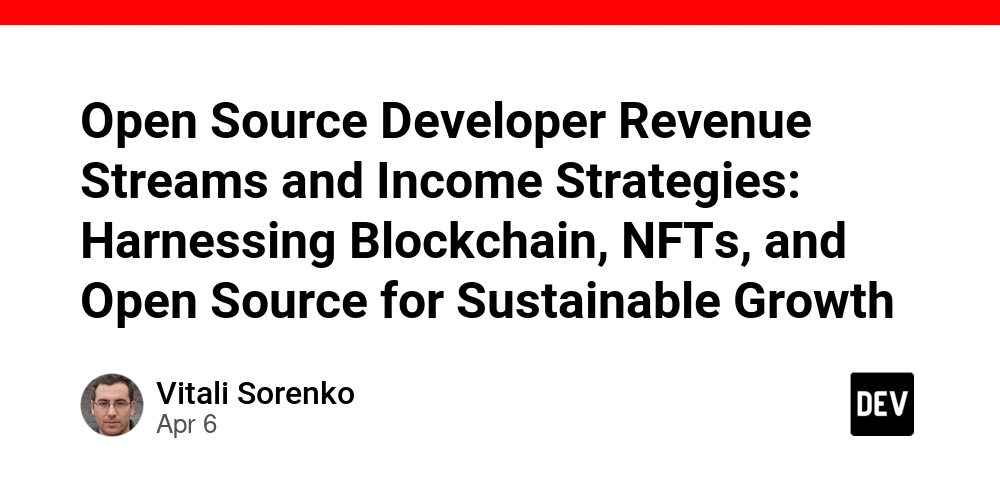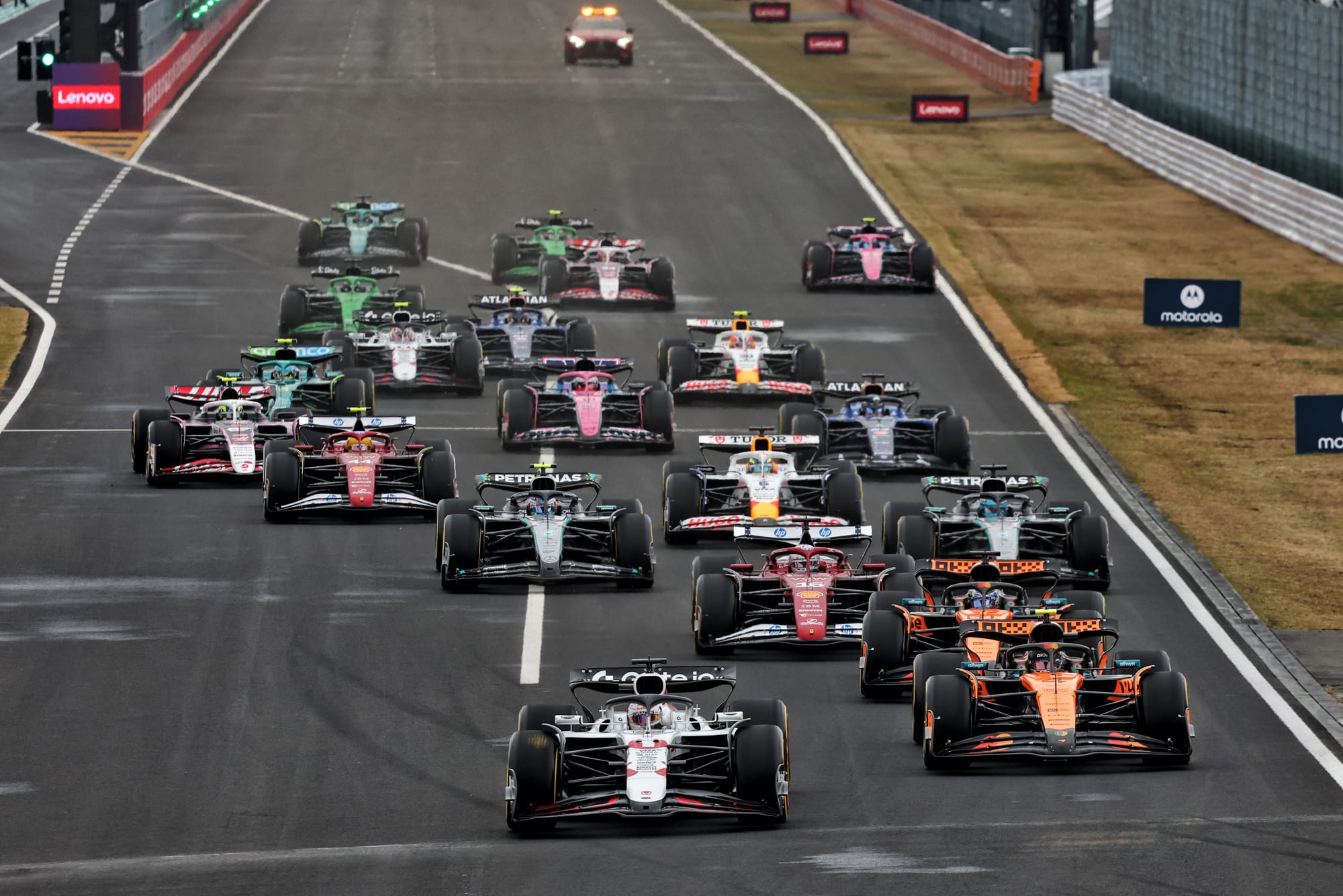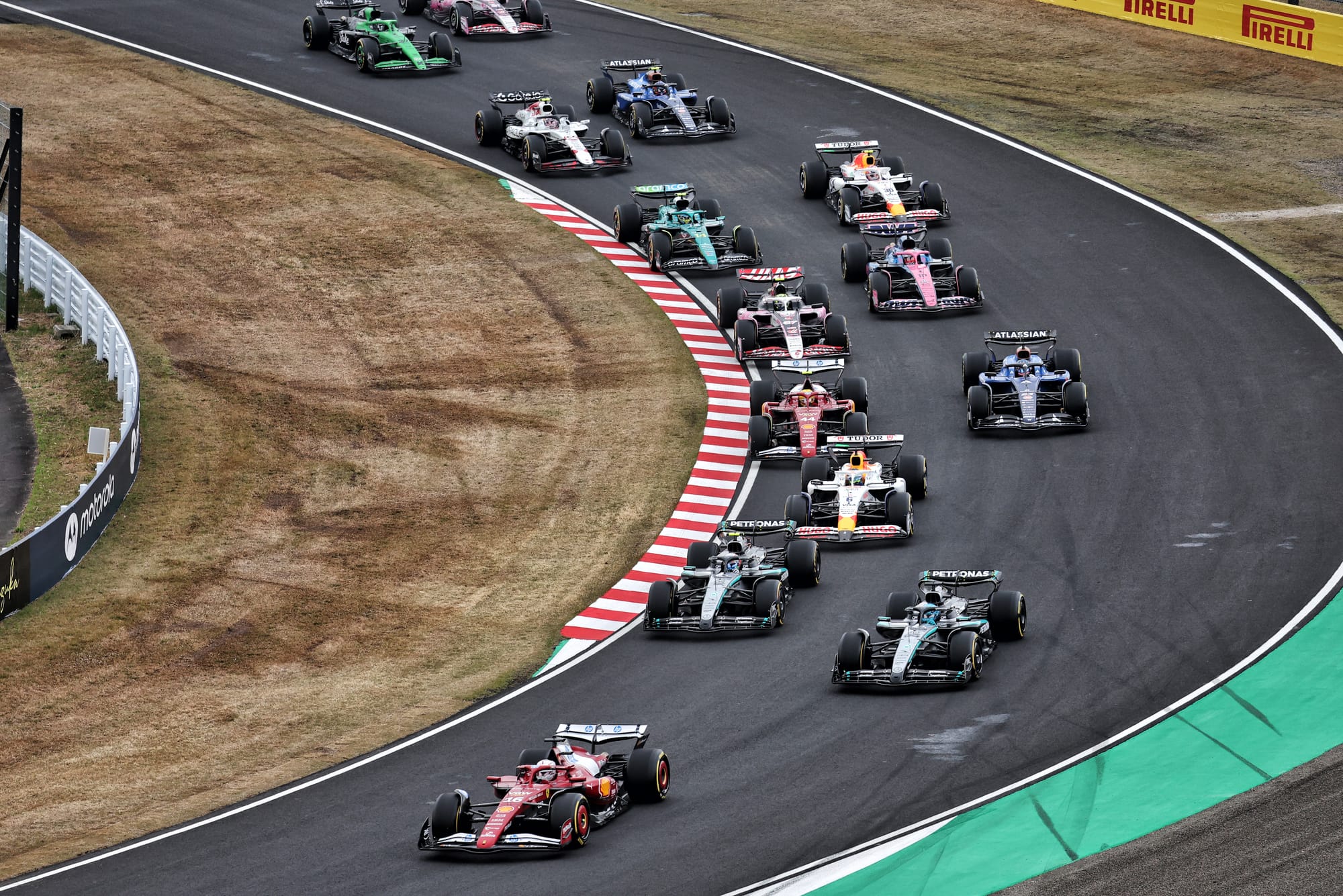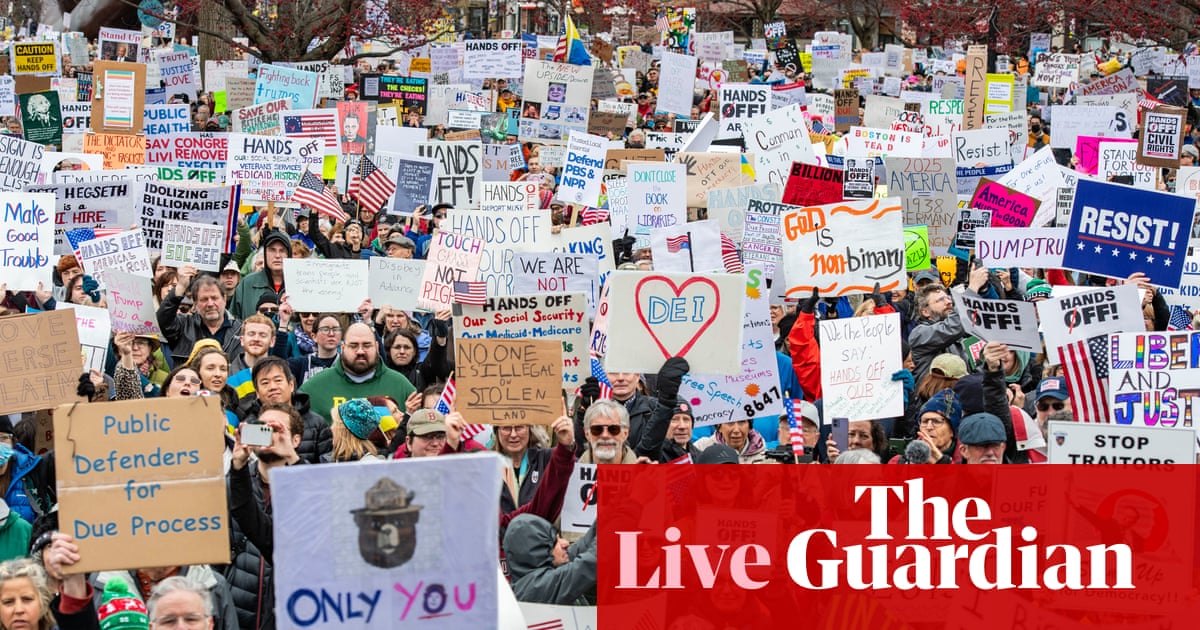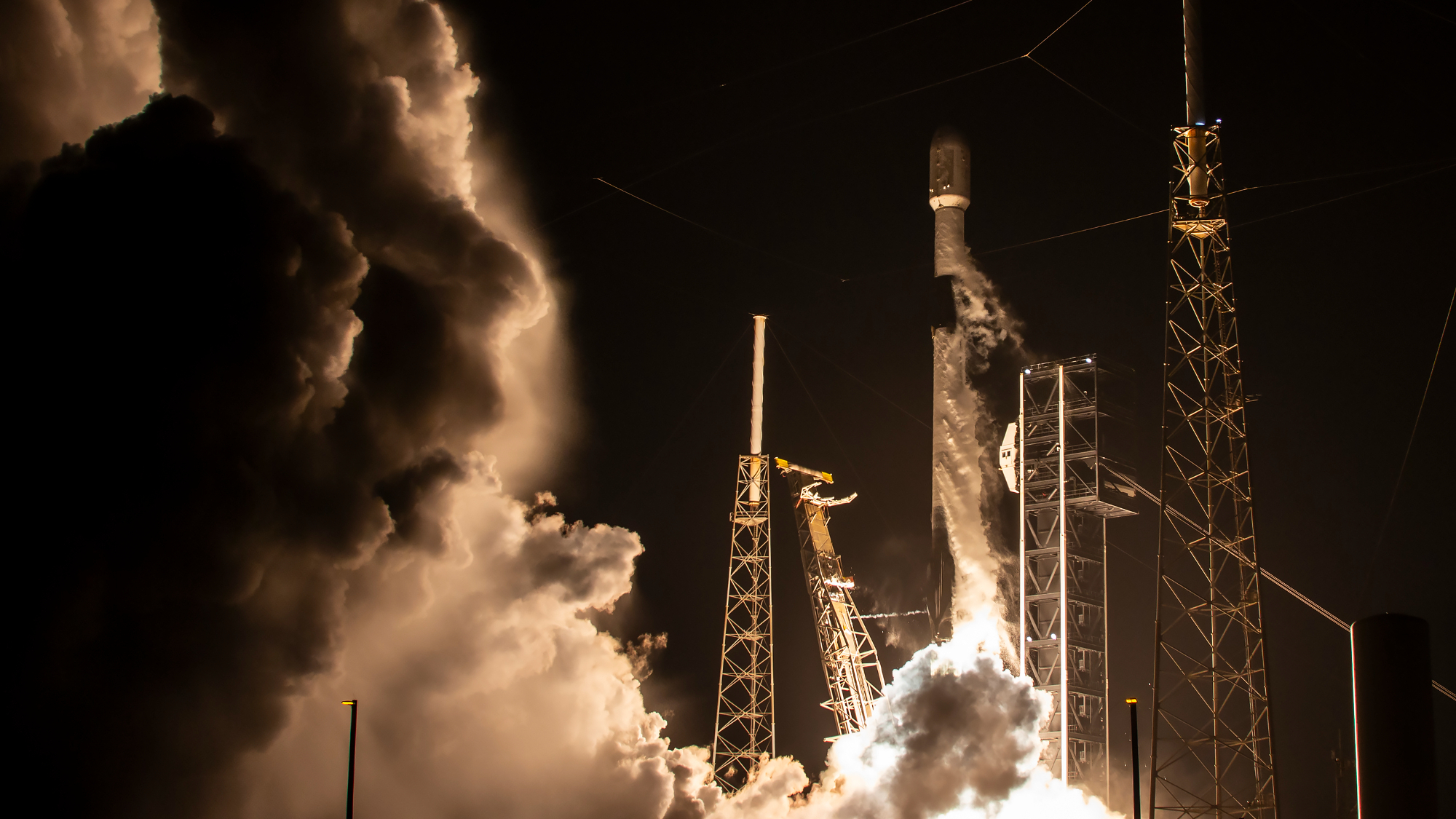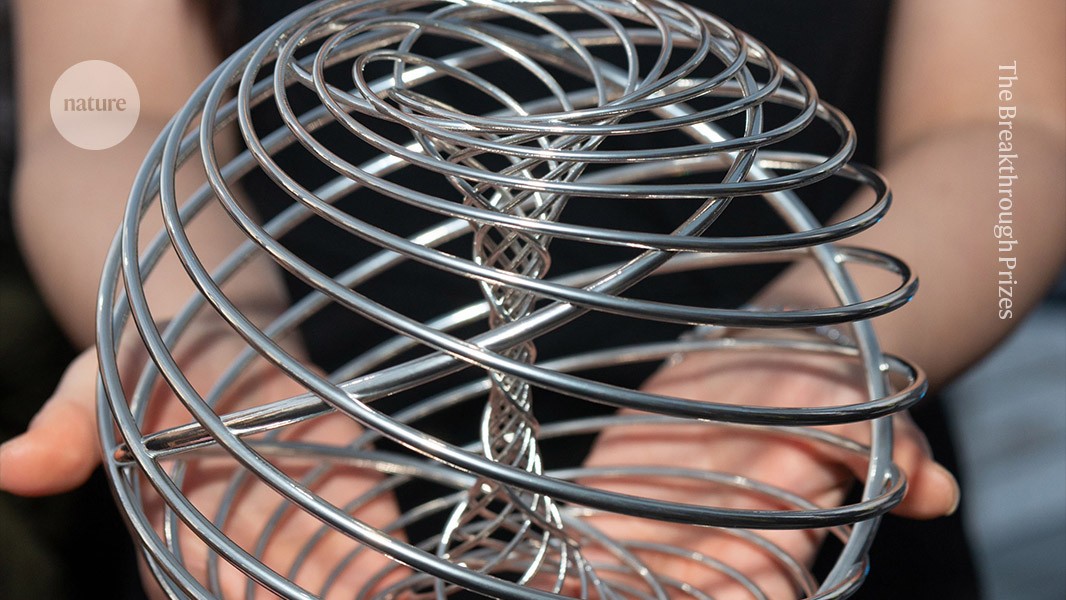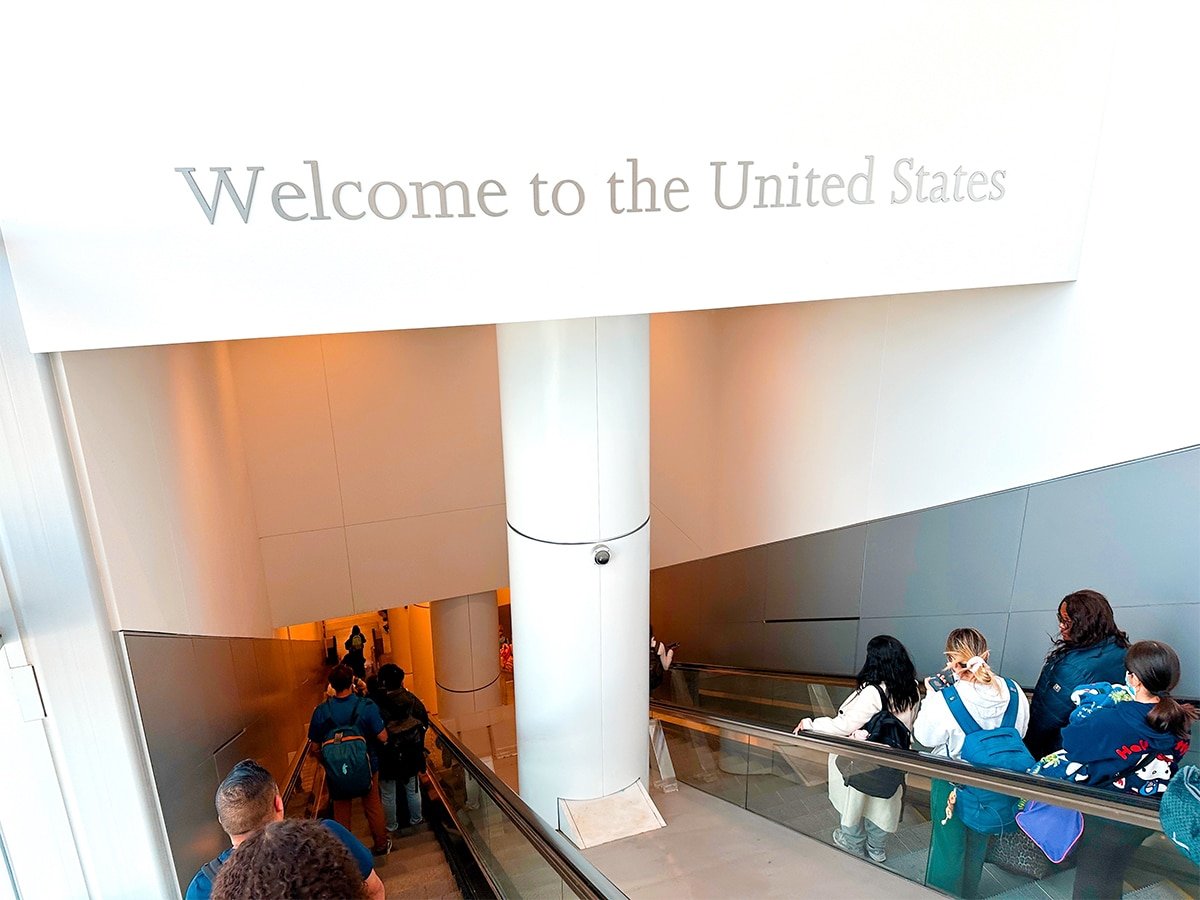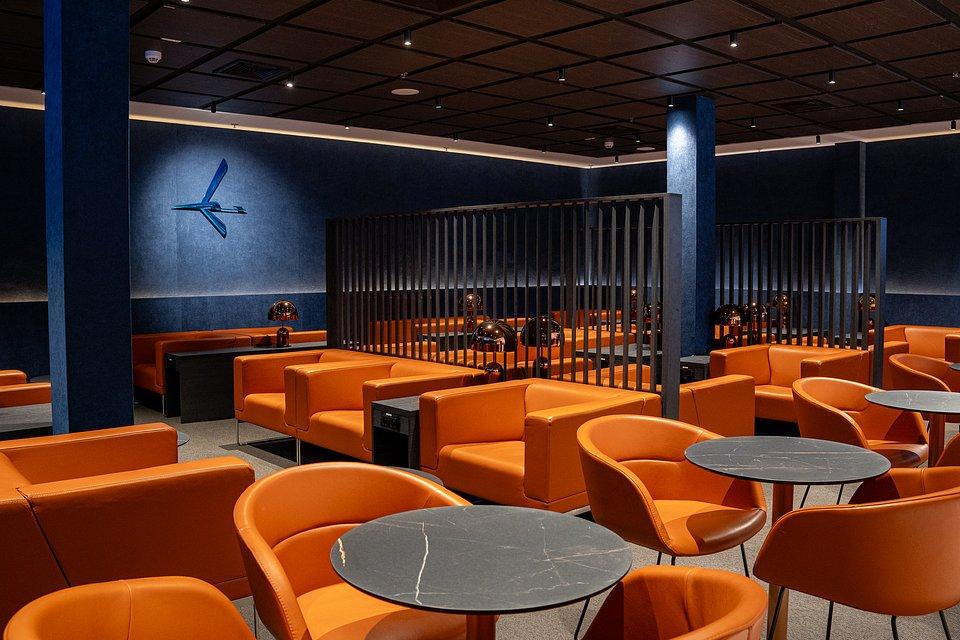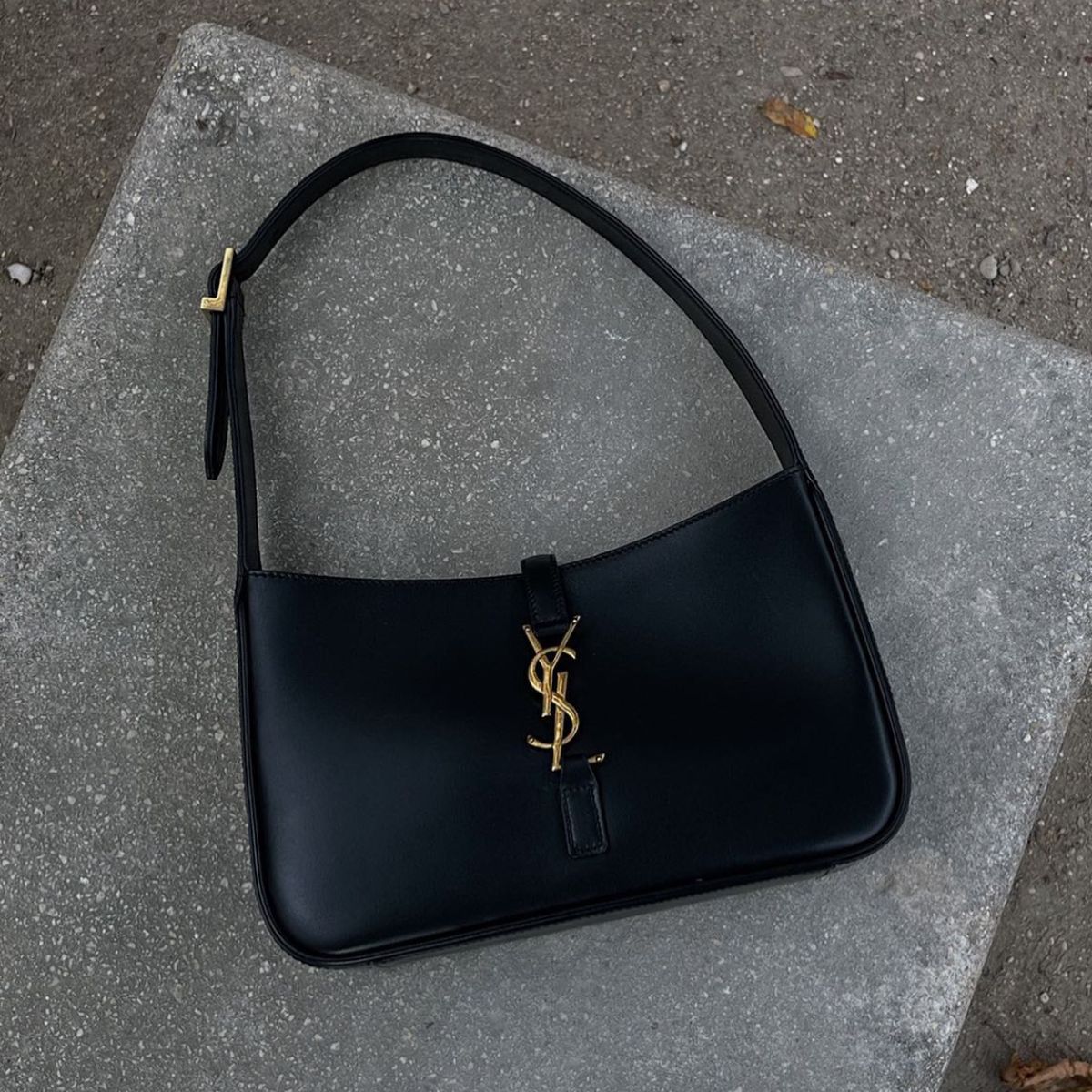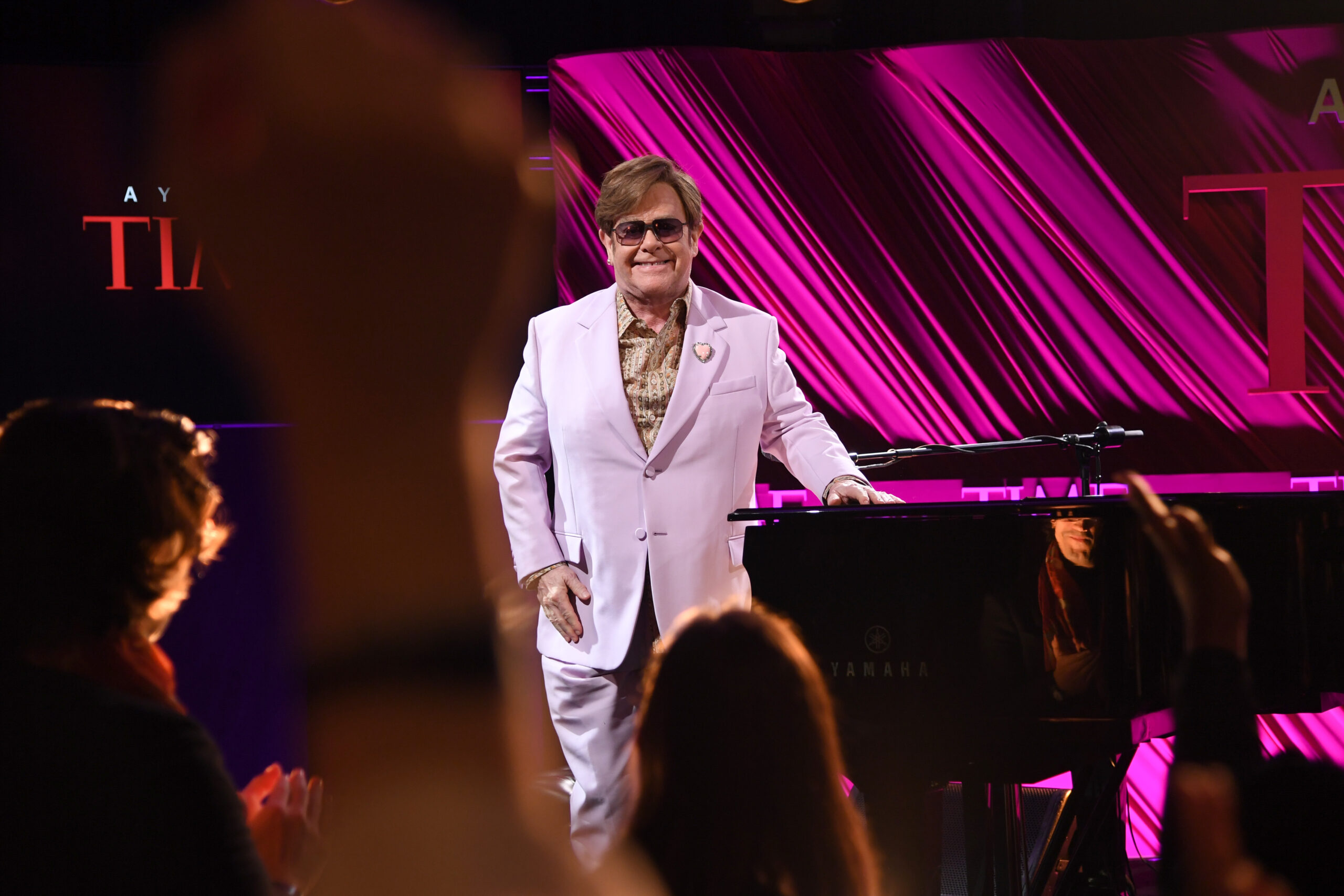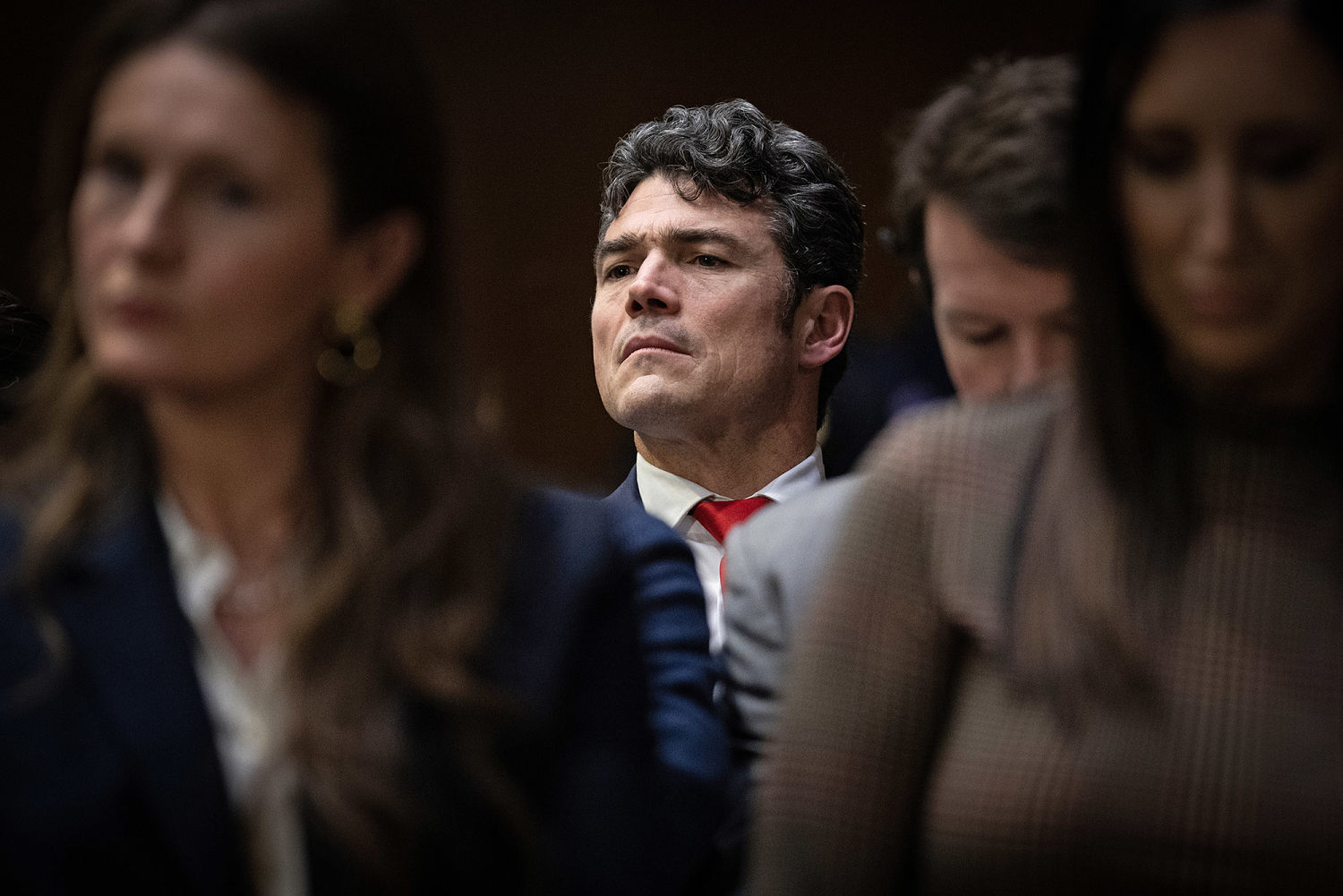The Memo: Inside Trump’s big gamble on tariffs
President Trump is set to take the biggest gamble of his second term on Wednesday, when he will announce a fresh round of tariffs. Trump has dubbed Wednesday “Liberation Day,” suggesting that it will mark a watershed in what he sees as an effort to push back on trade imbalances. White House press secretary Karoline...

President Trump is set to take the biggest gamble of his second term on Wednesday, when he will announce a fresh round of tariffs.
Trump has dubbed Wednesday “Liberation Day,” suggesting that it will mark a watershed in what he sees as an effort to push back on trade imbalances.
White House press secretary Karoline Leavitt told reporters at a media briefing on Tuesday that Trump views it as “fundamentally unfair” that “too many foreign countries have their markets closed to our exports.”
From Wednesday, she insisted, the days “of being ripped off are over.”
But are they?
Trump is playing for the highest stakes, and the downsides are at least as stark as the upsides.
Put simply, most economists believe that tariffs are inflationary by their nature. The tariffs imposed are not paid by the exporter, as Trump’s rhetoric sometimes suggests, but by the importer, who then typically passes the extra costs onto the consumer.
In addition, the sheer uncertainty around the tariffs is spooking the stock market. The broad-based S&P 500 has fallen roughly 7 percent since Trump’s term began while the tech-heavy Nasdaq composite has declined by even more.
The stock market’s slide, coupled with worries about inflation, has affected consumer confidence, which has also dipped downward recently. Such a dip risks become a self-fulfilling prophecy, in which Americans tighten their purse strings and, by doing so, make the very recession they fear more likely.
So what’s the upside for Trump?
First, the president — who is often regarded, especially by critics, as driven by purely transactional expediency — appears to believe in the cause.
Complaints about trade policy are one of the few consistent themes of his time in public life. Even in the years before he sought elected office — years when he was pro-choice on the abortion issue and favored some form of universal health care — he sounded off about trade policy that he felt caused the United States to be played for a fool.
“We let Japan come in and dump everything right into our markets, it's not free trade,” he told Oprah Winfrey in the late 1980s.
Second, Trump’s argument is that a new tariff regime will help, over time, to revitalize American manufacturing, which has been hollowed out in recent decades. Put simply, tariffs raising the price of foreign imports should make American-made products more competitive.
Such a dynamic would incentivize corporations to base more of their manufacturing in the U.S. rather than in lower-wage nations overseas.
Third, Trump’s use of the term “retaliatory tariffs” suggests he will be raising levies on foreign nations to the same level at which they tariff U.S. imports.
If that’s the case, it seems fairly likely that any “trade war” could be a brief skirmish, after which Trump and various foreign leaders could come to terms in a way that allows both sides to claim a measure of victory — or at least to avoid disaster.
This scenario would allow Trump to claim that he is flexing American muscle to get a better deal for the public, even if overall effects are likely to be modest.
A broad theme of Trump’s presidency is the idea that he is willing to press other nations for concessions that past administrations have been too conciliatory or timid to demand.
If the broader best-case scenario were to play out, and American manufacturing actually did come back — despite the doubts of many economists — it could copper-fasten Trump’s political strength with working-class voters, putting a wind at his back for the remainder of his term and helping his party in the years beyond.
Last November, Trump won voters without a college degree — a category that often serves as a proxy for working-class voters — by 13 points over former Vice President Kamala Harris, according to a voter analysis from The Associated Press and Fox News. He won non-college men by 24 points and non-college white voters by 31 points.
But there are no guarantees for any such best-case scenario coming to pass.
The central danger in Trump’s approach to tariffs — at least if a manufacturing boom is the real goal — has been that it will backfire badly and quickly.
If that’s the case the short-term pain may prove too much to bear, regardless of the longer-term thesis.
If tariffs stoke inflation, just how patient will the American public be, given that concerns over rising prices have been one of the dominant issues of recent years?
The warning signs are already flashing for Trump, including a CBS News/YouGov poll this weekend. The poll found that 55 percent of surveyed Americans believe the president to be putting too much focus on tariffs, while 64 percent believe him to be putting insufficient focus on bringing down prices.
The contradictions between a long-term trade war and a short, sharp shock could prove meaningful as well.
Some Trump advisers, notably economist Peter Navarro, have suggested that tariffs could raise enormous revenue over the next decade. Navarro has put that potential revenue at $6 trillion.
Self-evidently, that won’t happen if Trump’s real goal is a brief flexing of muscle to draw quick concessions. But tariffs over a period of years would massively increase the chances of higher inflation.
As always with Trump, much is shrouded with uncertainty.
All that’s clear is that he’s about to launch a huge roll of the dice.
The Memo is a reported column by Niall Stanage.












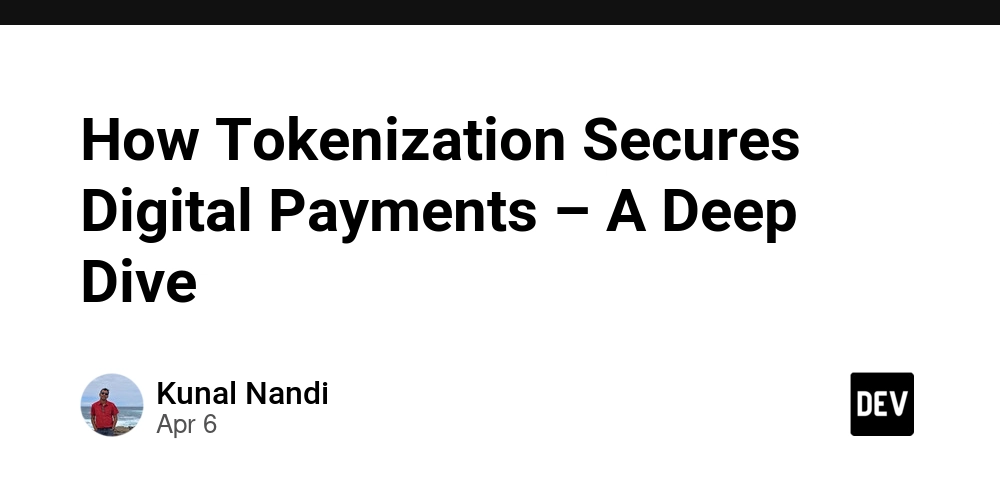
![MV vs MVVM in SwiftUI (2025): Which Architecture Should You Use? [Video]](https://media2.dev.to/dynamic/image/width%3D1000,height%3D500,fit%3Dcover,gravity%3Dauto,format%3Dauto/https:%2F%2Fdev-to-uploads.s3.amazonaws.com%2Fuploads%2Farticles%2F4xwiio2w16uru4xww4b1.png)
